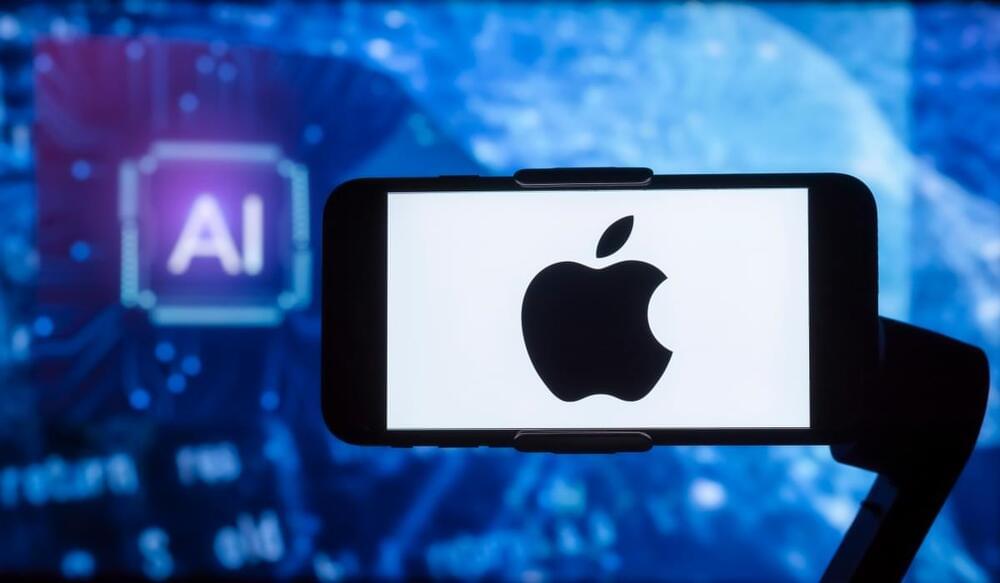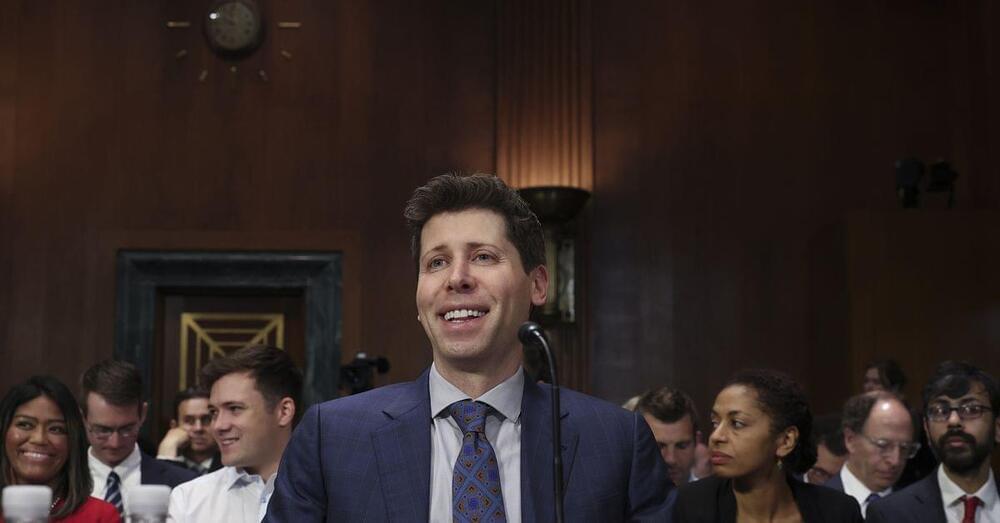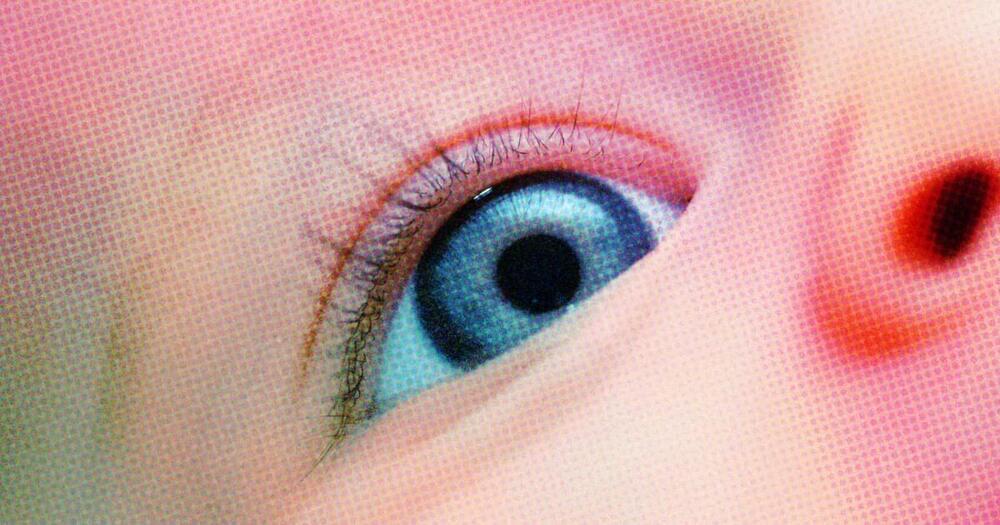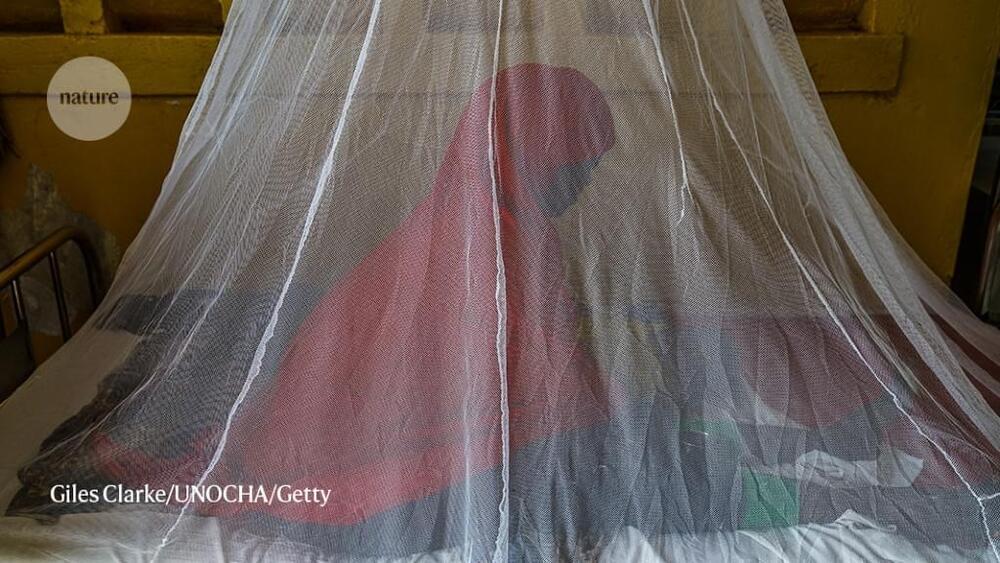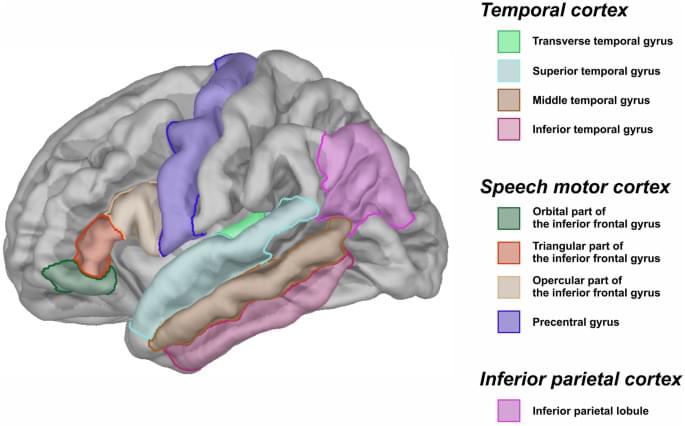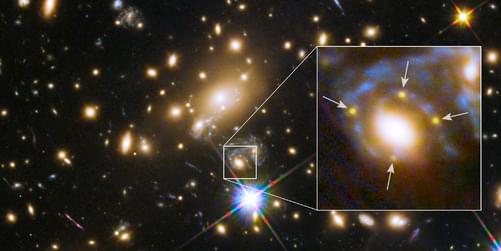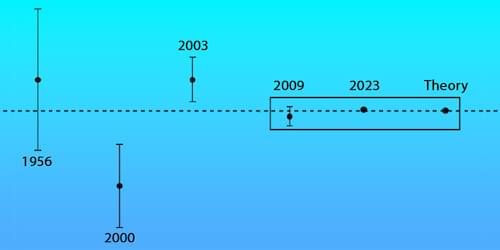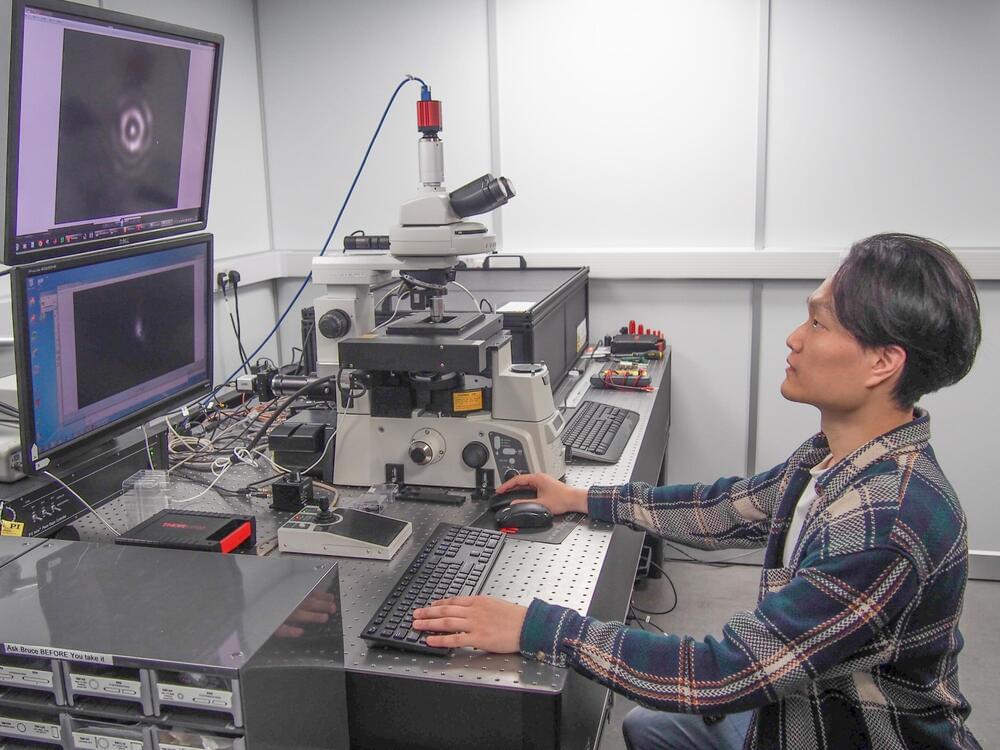Apple, like a number of companies right now, may be grappling with what role the newest advances in AI are playing, and should play, in its business. But one thing Apple is confident about is the fact that it wants to bring more generative AI talent into its business.
The Cupertino company has posted at least a dozen job ads on its career page seeking experts in generative AI. Specifically, it’s looking for machine learning specialists “passionate about building extraordinary autonomous systems” in the field. The job ads (some of which seem to cover the same role, or are calling for multiple applicants) first started appearing April 27, with the most recent of them getting published earlier this week.
The job postings are coming amid some mixed signals from the company around generative AI. During its Q2 earnings call earlier this month, CEO Tim Cook dodged giving specific answers to questions about what the company is doing in the area — but also didn’t dismiss it. While generative AI was “very interesting,” he said, Apple would be “deliberate and thoughtful” in its approach. Then yesterday, the WSJ reported that the company had started restricting use of OpenAI’s ChatGPT and other external generative AI tools for some employees over concerns of proprietary data leaking out through the platforms.
